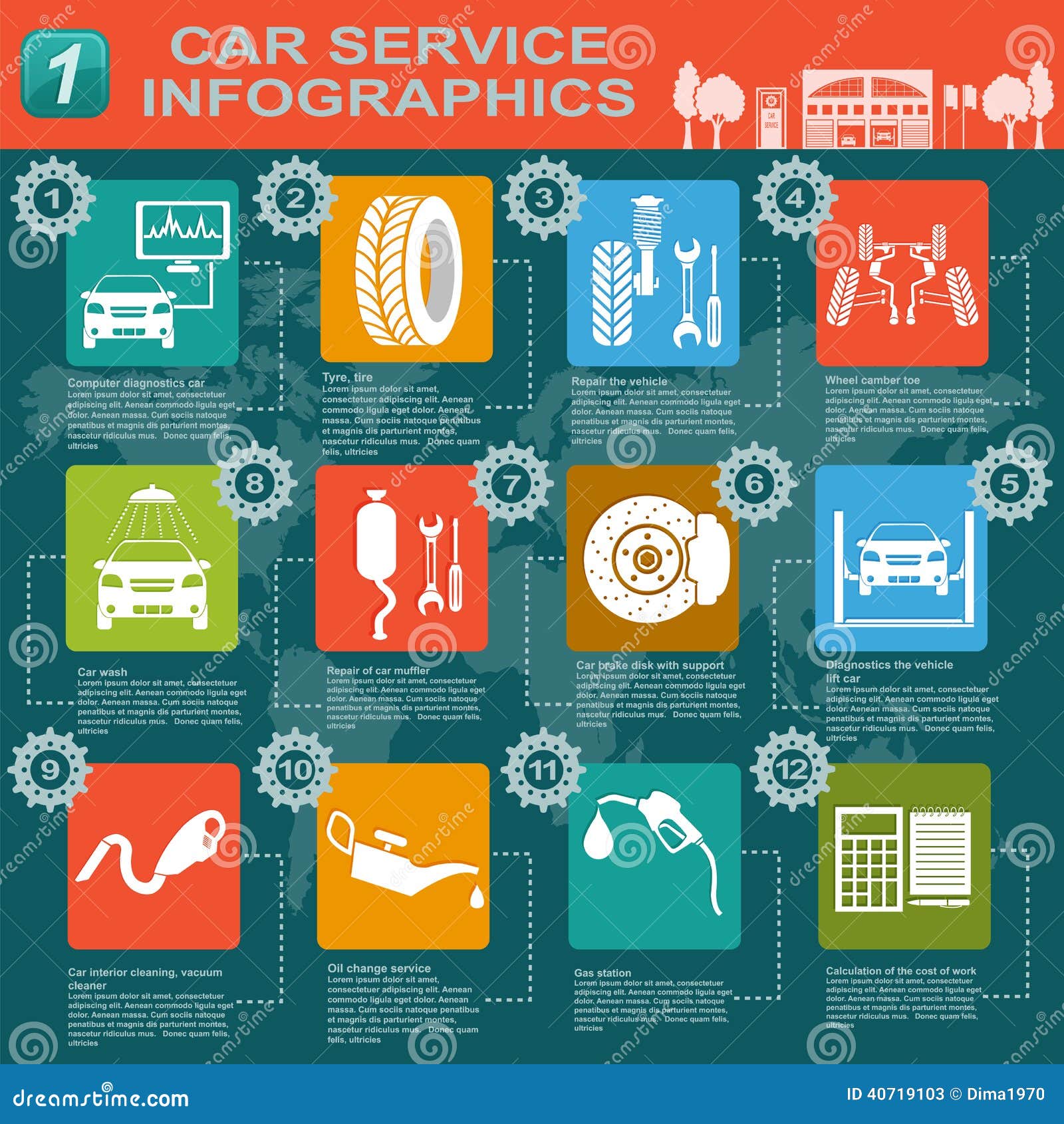When you're behind the wheel, those radiant warning lights on your control panel can be a little bit bewildering. Do find out this here recognize what they're attempting to tell you concerning your auto's health and wellness? Understanding the relevance of these lights is essential for your security and the longevity of your automobile. So, the next time one of those lights appears, wouldn't you intend to understand its message properly and take the needed steps to resolve it?
Common Caution Lighting and Interpretations
Identify usual warning lights in your auto and understand their definitions to ensure secure driving.
One of the most typical caution lights include the check engine light, which signals concerns with the engine or exhausts system. If this light comes on, it's important to have your car checked without delay.
The oil pressure warning light shows low oil stress, requiring instant interest to avoid engine damages.
A blinking battery light could suggest a malfunctioning charging system, potentially leaving you stranded if not resolved.
The tire stress tracking system (TPMS) light signals you to reduced tire stress, impacting automobile stability and gas efficiency. Disregarding this could cause unsafe driving conditions.
The abdominal light indicates a problem with the anti-lock braking system, jeopardizing your ability to stop rapidly in emergencies.
Last but not least, the coolant temperature level warning light warns of engine overheating, which can cause serious damage if not dealt with quickly.
Understanding these typical caution lights will certainly aid you attend to concerns immediately and maintain safe driving problems.
Importance of Prompt Focus
Recognizing the usual warning lights in your cars and truck is just the primary step; the relevance of promptly addressing these cautions can't be stressed sufficient to ensure your safety and security on the road.
When a warning light brightens on your dashboard, it's your automobile's way of interacting a potential issue that requires focus. Ignoring these warnings can result in more serious problems later on, jeopardizing your safety and possibly costing you much more in repairs.
Prompt focus to warning lights can stop malfunctions and crashes. As an example, a blinking check engine light can show a misfire that, if left neglected, could trigger damages to the catalytic converter. Addressing just click the next webpage can save you from a pricey repair work.
Likewise, see post alerting light may signify low brake liquid or used brake pads, crucial parts for your safety and security when driving.
DIY Troubleshooting Tips
If you notice a caution light on your control panel, there are a couple of do it yourself fixing pointers you can try prior to seeking expert assistance.
The initial step is to consult your auto's guidebook to understand what the certain caution light indicates. In some cases the concern can be as straightforward as a loosened gas cap triggering the check engine light. Tightening up the gas cap might deal with the trouble.
One more usual concern is a low battery, which can activate various advising lights. Examining the battery connections for corrosion and ensuring they're secure may fix the trouble.
If a caution light continues, you can attempt resetting it by disconnecting the auto's battery for a few minutes and afterwards reconnecting it. Furthermore, checking your automobile's liquid degrees, such as oil, coolant, and brake fluid, can assist repair alerting lights associated with these systems.
Conclusion
Finally, comprehending your auto's warning lights is crucial for keeping your car running smoothly and safely. By without delay resolving these alerts and understanding what they imply, you can prevent pricey repair services and prospective break downs.
Remember to consult mobile cut and polish for certain details on each cautioning light and do something about it accordingly to make certain a hassle-free driving experience.
Keep informed, stay secure when traveling!
